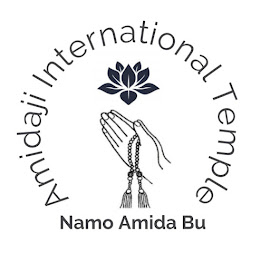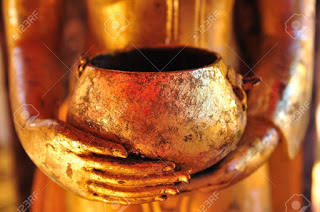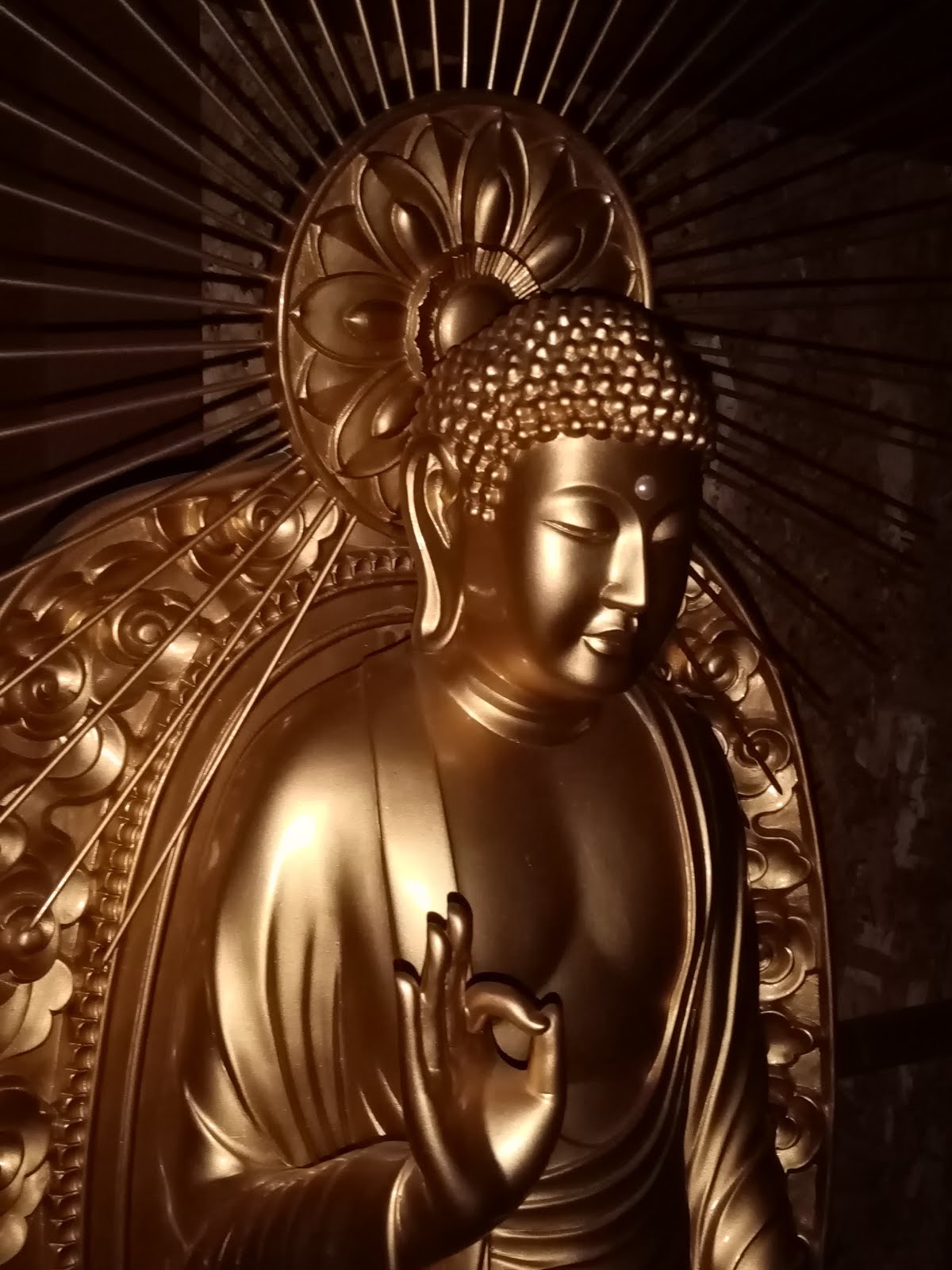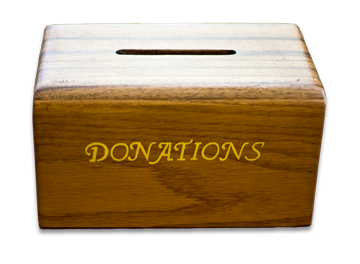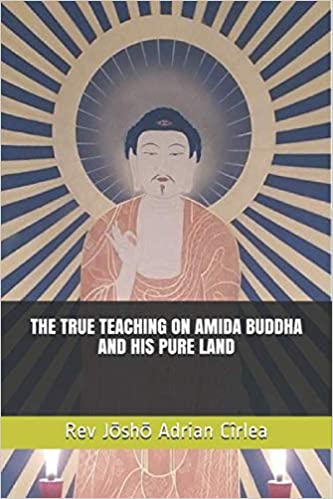 updated and revised August 21, 2020
updated and revised August 21, 2020(this article is the 3rd part of The Four Profound Thoughts that Turn the Mind Toward the Dharma)
“Not in the heaven, not in the middle of the ocean, not
in the mountain caves: there is no place in this world were you can hide from
the consequences of your deeds.”[1]
I
will divide this section in two: a) general teaching on karma and b) karma and
the salvation offered by Amida Buddha
a) General teaching on karma
Karma
is the law of cause and effect. The term “karma” comes from the Sanskrit word
“karman” which means action - acting with thought, deed and word. There are
three types of karma: 1) the karma of thought, 2) karma of speech and 3) karma
of action or body. All that we think, speak or do will affect our personal history.
What we are now is the result of what we thought, said or did in the past, in
another lifetime or in the present life; and what we think, speak and do in the
present will create us in the future. We are the result of our own
karma. The Buddha said:

